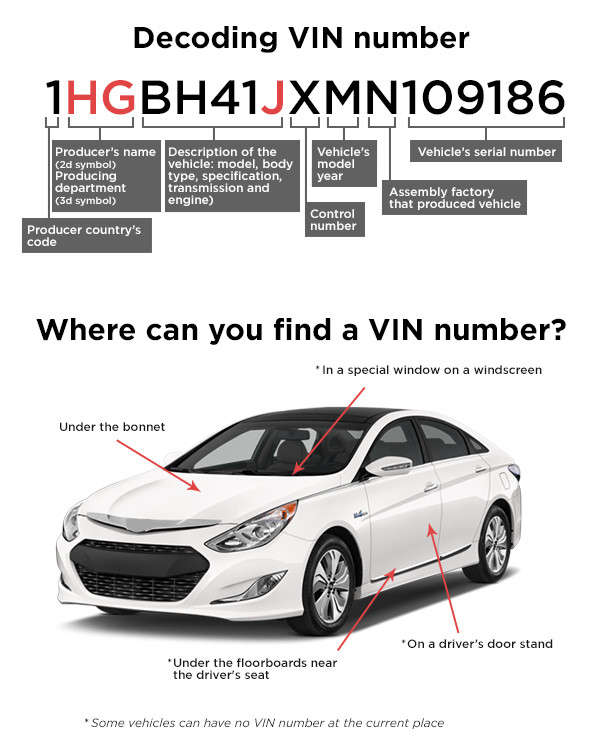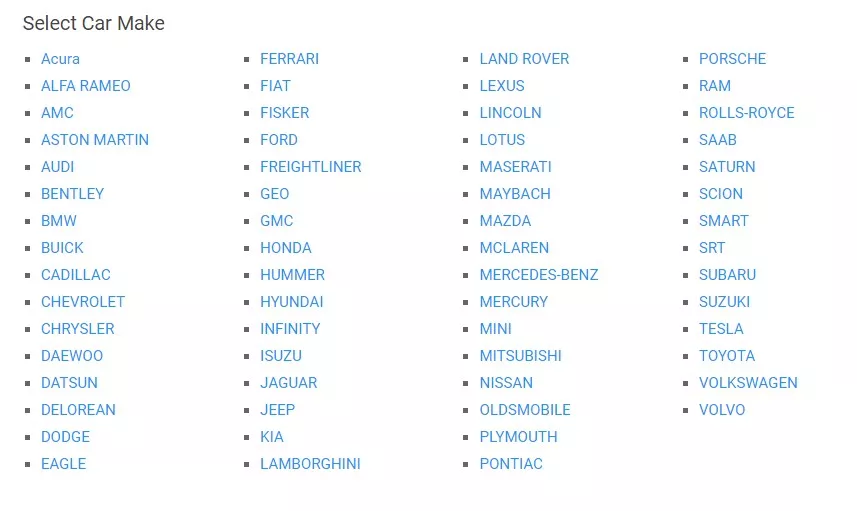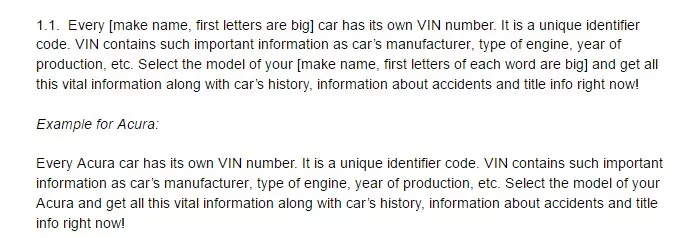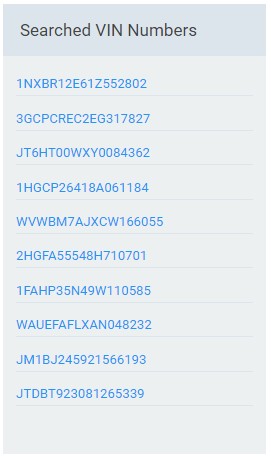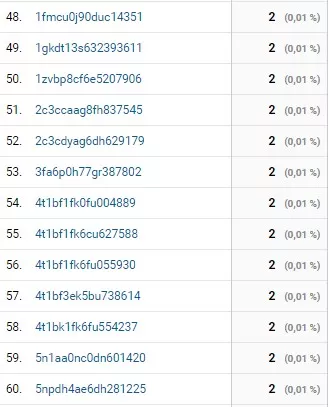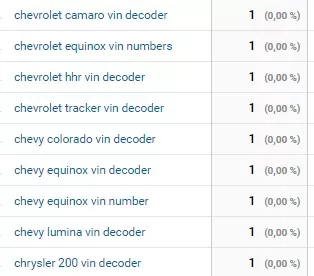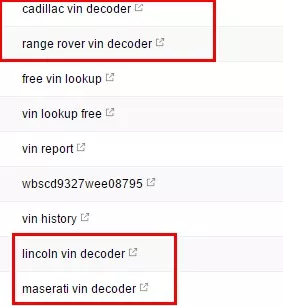VIN Number SEO Case Study on Low Frequency Queries in the US – 681% Traffic Growth in 6 Months
Results: Traffic from search engines grew up to 681.59%, consisting of stable traffic growth without external traffic cheats.
The Client
What is a VIN number website all about? Essentially, it is a website that allows us to look up car VIN numbers. A VIN (vehicle identification number) number contains 17 symbols and consists of three parts: WMI – 3 symbols, VDS – 6 symbols, VIS – 8 symbols. Using a VIN number, it is possible to obtain information about the vehicle, such as whether it was stolen, how many repair works were done, etc.
The Challenge
When we have a typical project (such as an internet store) to work on, the framework of the work plan is generally clear. We optimize the website structure, fix meta tags and work with internal optimization. Even SaaS projects are no longer a surprise for us. But sometimes, we receive orders for websites which apparently don't need SEO. This was our very first impression while getting acquainted with a car VIN number information checking website.
The Solution
One of our key goals was to attract traffic to the site with the help of SEO 2.0 methodologies, in particular – the use of internal optimization without external traffic cheats (e.g., without purchasing links). The client had previous project management experience with other specialists that placed him below the protection filters of Penguin and Panda search engines. Moreover, our client considered SEO to be a one-time service that did not require constant work on the project.
We wanted to convey the message that there are ways of increasing traffic on the project with safety and that SEO is constant work that has to be monitored and refined.
We understood that without site structure expansion, we were not going to achieve our key goals. Semantics have conventionally been hostile to large-scale page number enlargement. However, the client pushed us to the idea by pointing out that users usually search for a particular VIN number in Google search.
There are no frequency rates for this type of queries:
Ultimately, we decided to rely on the information received from the client but we put forward a hypothesis. If we create a separate page for every VIN number, such pages will attract traffic even they have no frequency rates within the keyword analysis systems. On the basis of the current hypothesis, we decided to create a technical task to generate target pages dedicated to particular VIN numbers.
A detailed works observation
We created a technical task in a catalogue format, within which we placed the links to VIN numbers.
Catalogue structure:
- Brand of a car or motorcycle;
- Model;
- VIN numbers list.
Implementation:
1. The VIN numbers list was formed by grounding on the client's base that was already made up. Moreover, we used API that are parsed, for instance, by Amazon, in order to seek for new numbers that eventually end up in the catalogue. Therefore, after the appearance of a new vehicle for sale, VIN number data is automatically uploaded to the site.
2. We made meta tag generation templates for four page types:
- Pages with car brands;
- Pages with brands and models;
- Pages with VIN numbers lists;
- Pages with VIN numbers themselves.
Template samples:
3. To avoid generating a large number of identical site pages, we created five tag generation templates for each page type.
Example of such template:
4. We produced a relink of all created VIN numbers in the catalogue. All pages referred to each other in a random order within the textual section:
5. We added all pages to the site and put them into the sitemap.xml file.
The Results
Google bots started to index pages of the website, and the site traffic began to grow.
Here is the indexing status from the Google Search Console just after the pages were added:
Relevant situation with the indexing status:
We received stable traffic growth to the created target site pages:
In just over six months, traffic from search engines grew up to 681.59%.
We achieved stable traffic growth without external traffic cheats.
The website started attracting users by queries connected with VIN numbers.
Examples taken from Google Analytics:
Example taken from Google Search Console:
Apart from the aforementioned queries, there was traffic on VIN numbers for particular vehicle models.
The importance of constant work on SEO
In the following graph, you can see a slight traffic decrease in June:
During this period, the client decided to suspend work with our agency after the integration of site pages. This was despite our proposal to continue managing work on project support including monthly technical verifications, proposals on creating new landing pages and so on.
After one month, the client returned because of the decrease in traffic and all other indicators on the webmaster's dashboard. We resumed work on the project and conducted a technical audit. It turned out that programmer had incorrectly set up a 'rel=canonical' attribute when conducting work on the project, and pages had started to fall out of the list. We performed the technical task, corrected the mistake and traffic quickly returned to previous levels.
Related Articles
Display Advertising Effectiveness Analysis: A Comprehensive Approach to Measuring Its Impact
In this article, I will explain why you shouldn’t underestimate display advertising and how to analyze its impact using Google Analytics 4
Generative Engine Optimization: What Businesses Get From Ranking in SearchGPT
Companies that master SearchGPT SEO and generative engine optimization will capture high-intent traffic from users seeking direct, authoritative answers
From Generic to Iconic: 100 Statistics on Amazon Marketing for Fashion Brands
While traditional fashion retailers were still figuring out e-commerce, one company quietly revolutionized how U.S. consumers shop for everything from workout gear to wedding dresses

